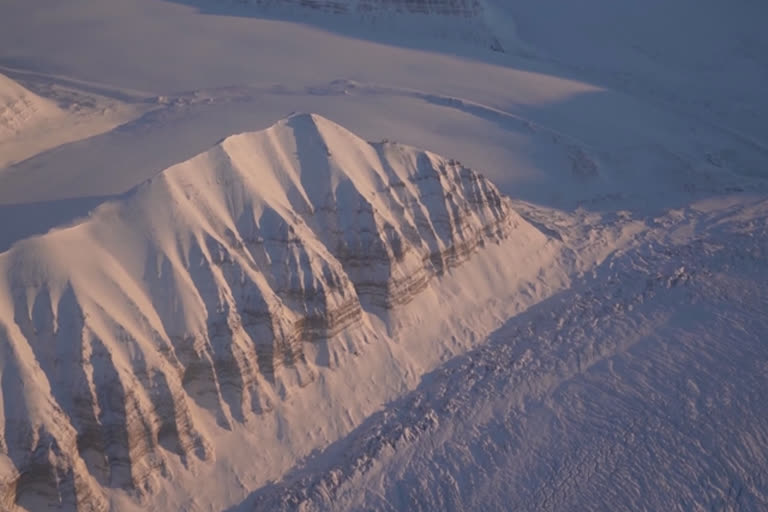Washington:Greenland may lose 4.5 per cent of its ice by the end of this century -- contributing up to 13 inches of sea level rise -- if worldwide greenhouse gas emissions remain on their current trajectory, a study has warned.
According to the research, the island may become ice-free by the year 3000.
"How Greenland will look in the future -- in a couple of hundred years or in 1,000 years -- whether there will be Greenland, or at least a Greenland similar to today, it's up to us," said Andy Aschwanden, a research associate professor at the University of Alaska in the US.
The research uses new data on the landscape under the ice today to make breakthroughs in modeling the future.
The findings show a wide range of scenarios for ice loss and sea level rise based on different projections for greenhouse gas concentrations and atmospheric conditions.
Currently, the planet is moving toward the high estimates of greenhouse gas concentrations.
Greenland's ice sheet is huge, spanning over 660,000 square miles. Today, the ice sheet covers 81 per cent of Greenland and contains 8 per cent of Earth's fresh water.
If greenhouse gas concentrations remain on the current path, the melting ice from Greenland alone could contribute as much as 24 feet to global sea level rise by the year 3000, which would put much of San Francisco, Los Angeles, New Orleans and other cities under water.
